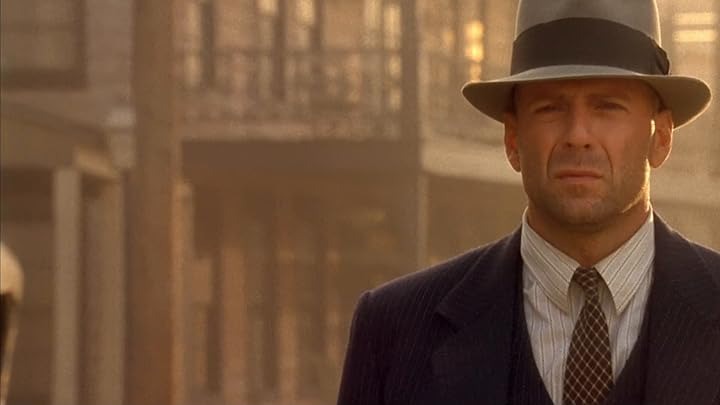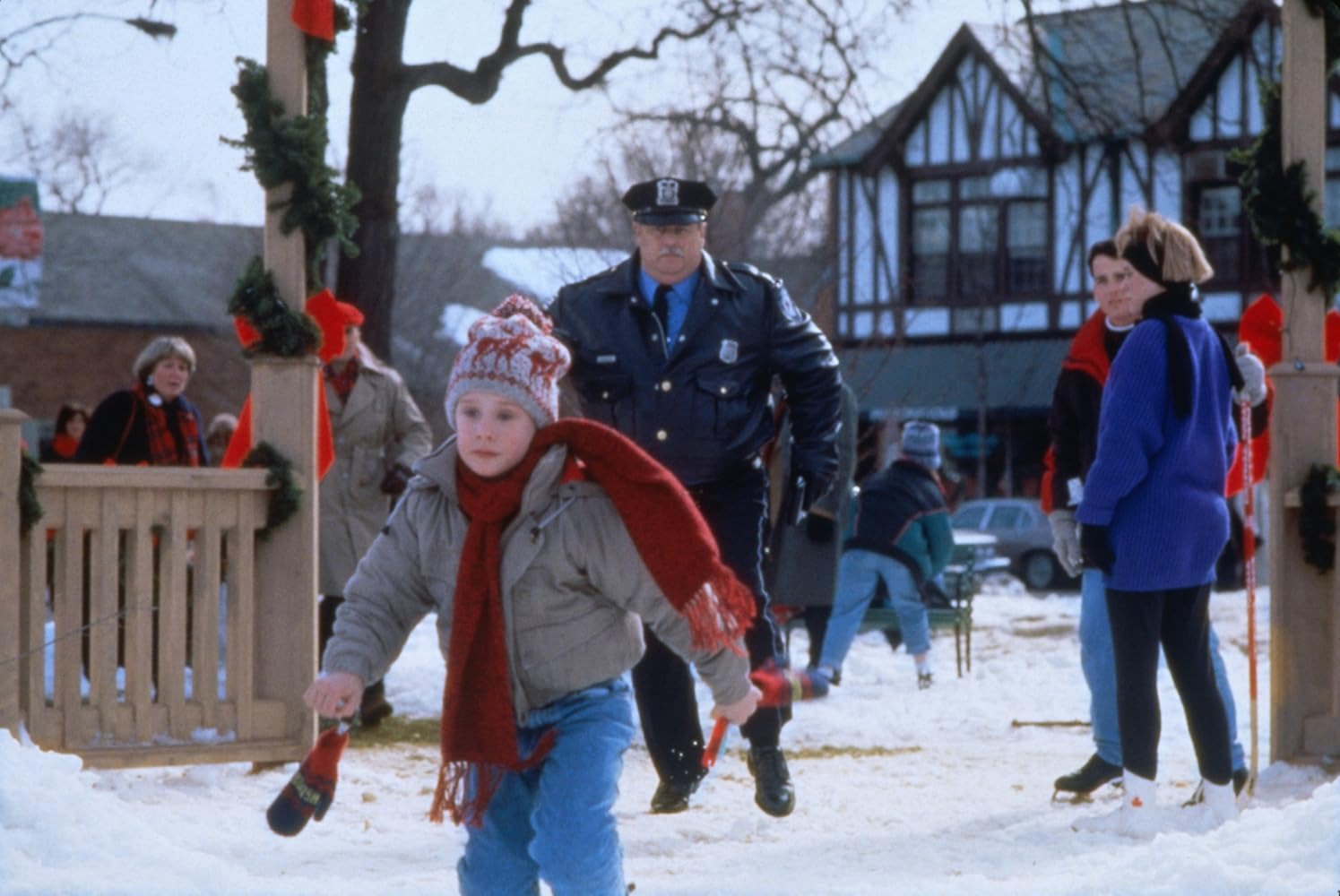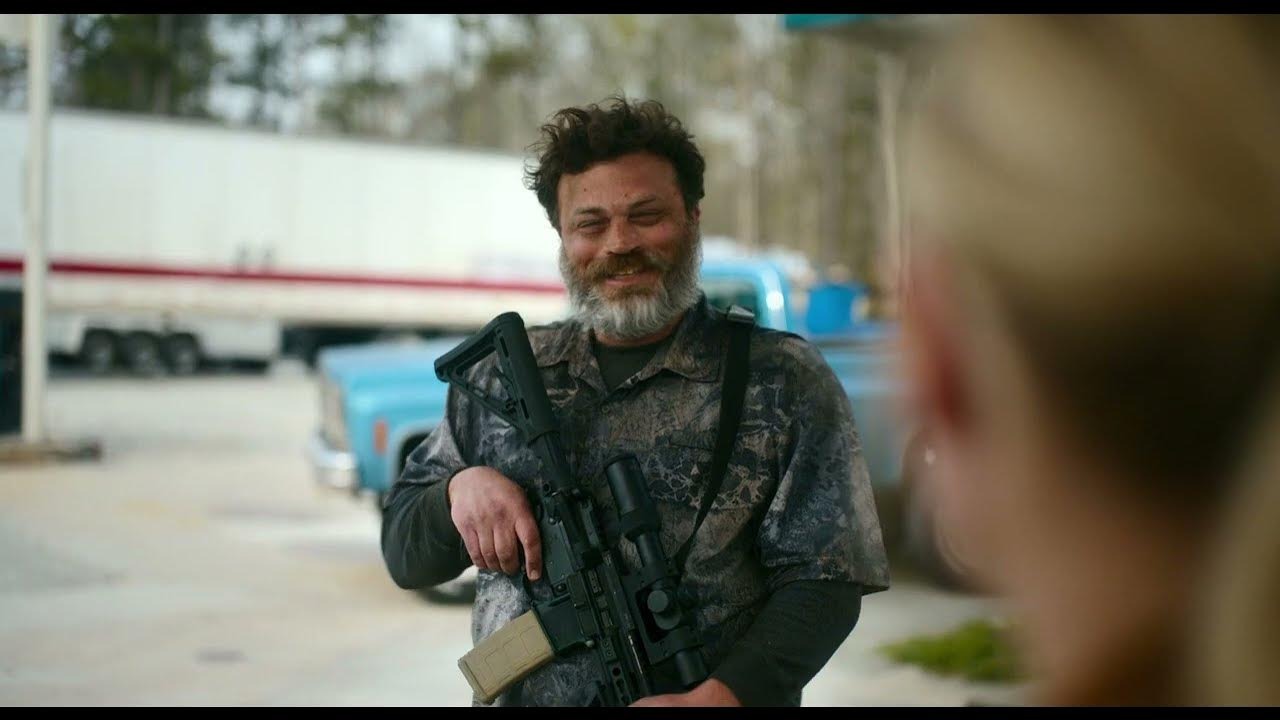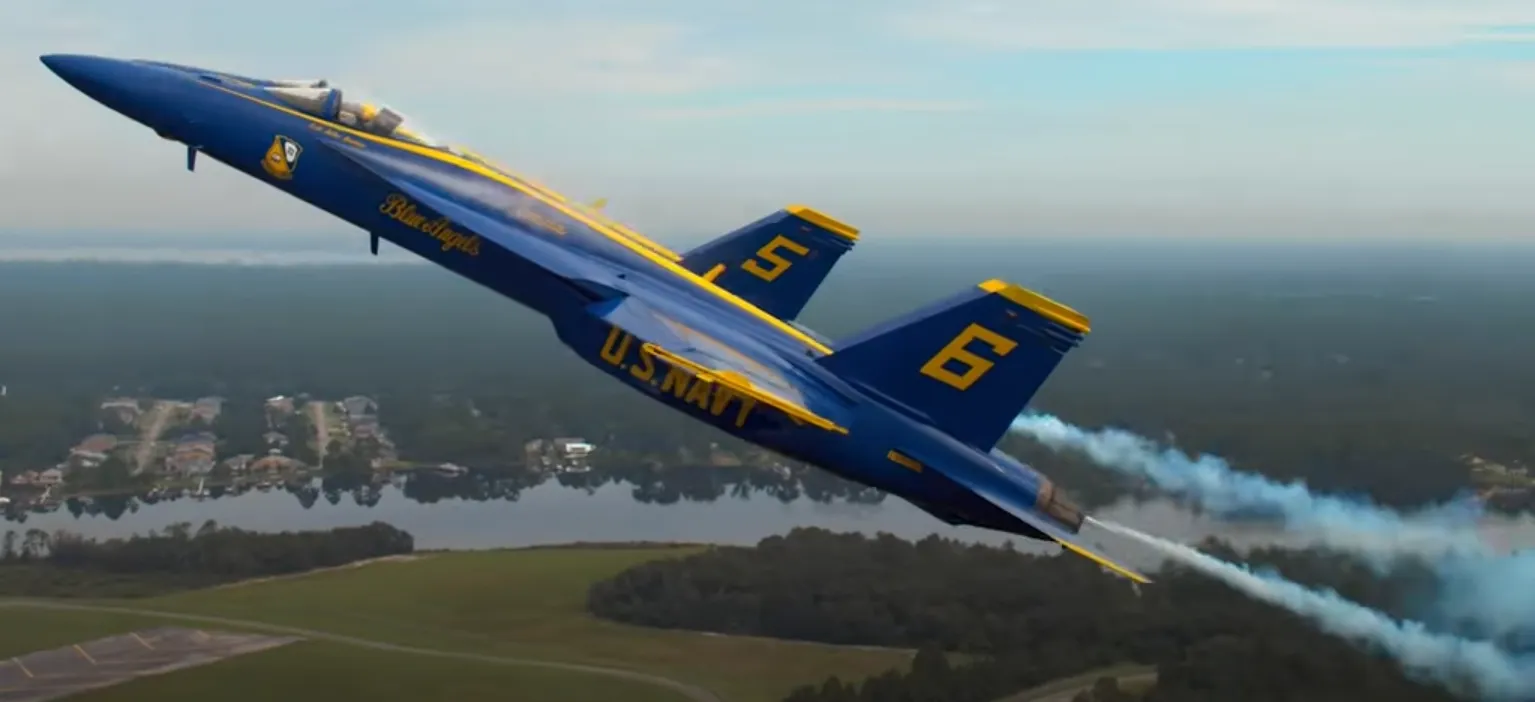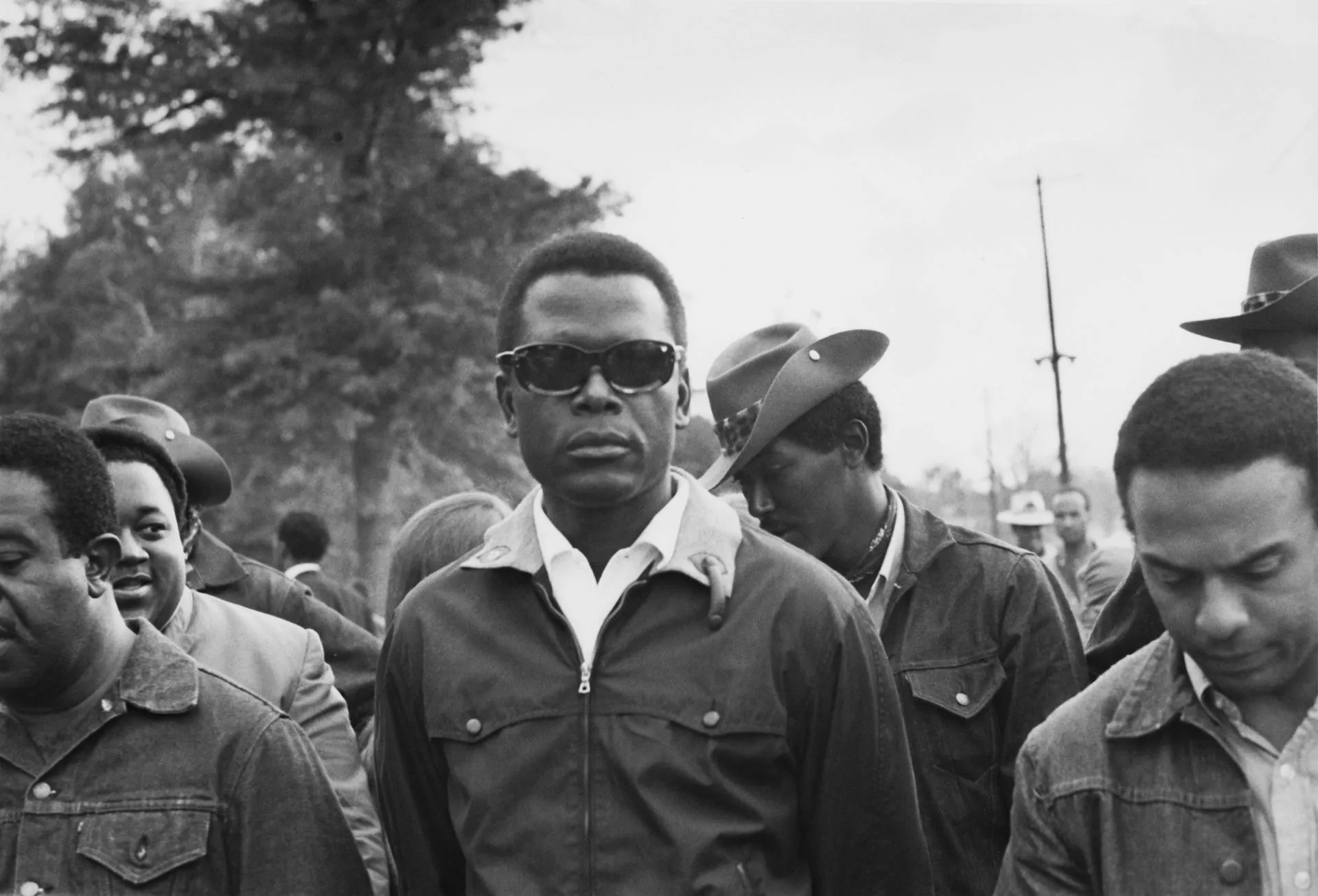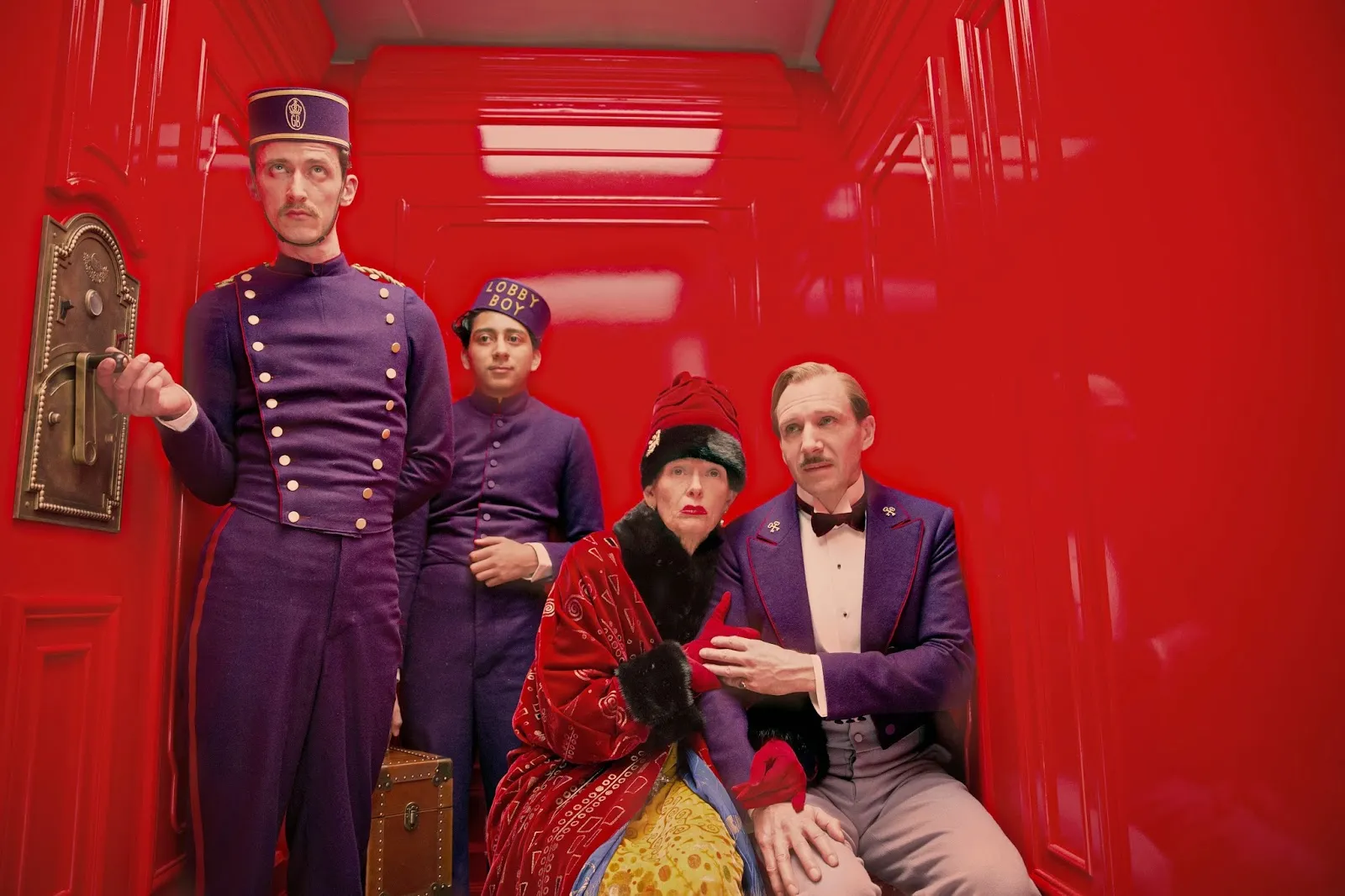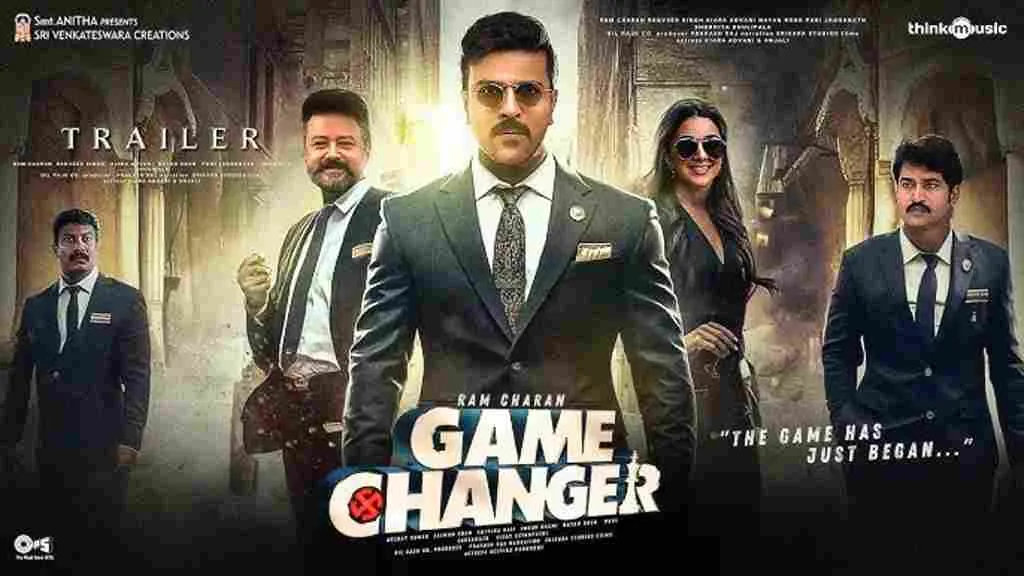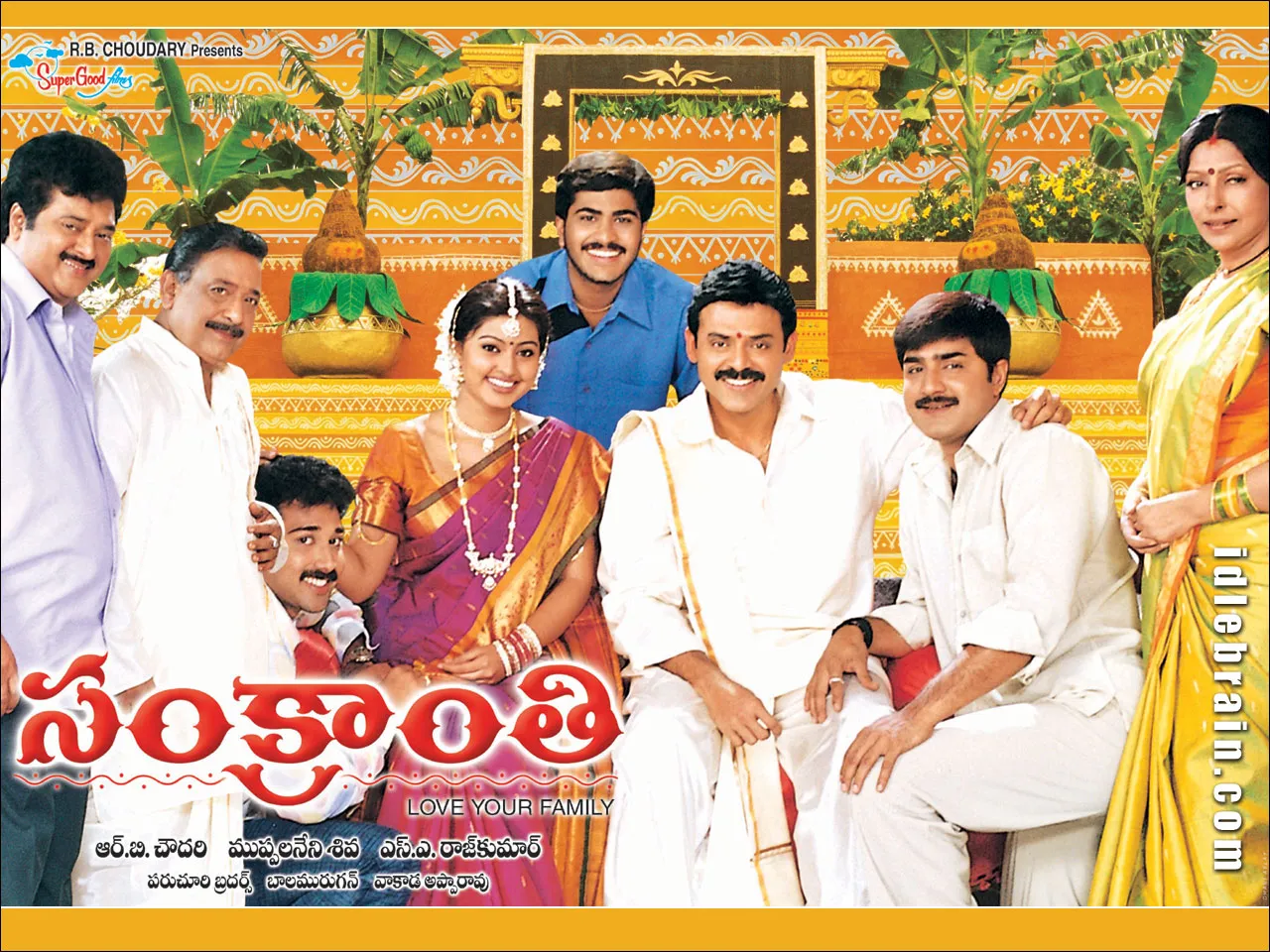What Makes ‘Last Man Standing’ a Unique Western-Gangster Film?
Last Man Standing is a 1996 American Neo-Western action film written and directed by Walter Hill, based on Akira Kurosawa’s Yojimbo. It uniquely combines elements of Western and gangster genres, set in Prohibition-era Texas, where the protagonist, John Smith, gets embroiled in a violent turf war between Irish and Italian mobsters, embodying the motifs of both genres.
The film features a unique narrative structure, mirroring classic Westerns and gangster films, highlighting a lone anti-hero, John Smith, who plays both sides against each other in a morally ambiguous scenario. This duality creates a unique tension characteristic of both genres, as Smith navigates the violent and treacherous landscape of mob warfare.
Moreover, Walter Hill’s decision to adapt Yojimbo as a gangster film rather than a traditional Western allows Last Man Standing to explore themes of loyalty, betrayal, and survival in a lawless environment. While still retaining the stylistic elements of a Western, such as gunfights and showdown sequences, it blends the gritty realism of gangster films with Western iconography.
In this film, strong performances are delivered, particularly from Bruce Willis and Christopher Walken, who bring complexity to their characters, making them both compelling and morally ambiguous. This character-driven approach adds depth to the action, setting it apart from more simplistic portrayals found in typical Westerns and gangster films.
Walter Hill aimed for a mythic-poetic narrative rather than strict realism. He stated that the film does not attempt social realism but rather offers a ‘once upon a time’ tale. This perspective provides a unique infusion of a stylized, almost legendary quality to the Western and gangster genres.
The plot revolves around a lone drifter in 1932, who on his way to Mexico, stays in the almost ghost town of Jericho. Here, he becomes embroiled in a civil war between two criminal gangs, an Irish gang and a faction of the Illinois Mob. As he weaves between the two, he becomes involved with a mob boss’s paramour, gradually bringing the unstable duopoly to a breaking point.
John Smith, played by Bruce Willis, is a fascinating character. He plays solitaire in empty bars and can gun down mobsters with nary a problem. Smith serves as another iteration of The Man With No Name, yet Willis brings a unique quality to the archetype, making it enjoyable to watch him take down the gangs with well-executed gunplay.
Last Man Standing transcends its Yojimbo storyline, creating an indulgent blend of action and style—a cool tale of gangsters with some wild west trappings for good measure. It stands as a testament to the idea that good ideas don’t have to be 100% original but can be innovative.
The unique setting—a ghost town during Prohibition—combined with the mafia conflict, distinctly sets Last Man Standing apart from traditional Westerns. Additionally, the film’s narrative structure, being a retelling of the story in Yojimbo, adds a layer of complexity and intertextuality that is uncommon in standard Westerns.
Capt. Tom Pickett articulates the chaos in the town, stating, ‘Two gangs is just one too many… But if I find two gangs here when I get back, then in a couple of hours there will be no gangs here.’ This quote encapsulates the theme of lawlessness and the struggle for control, pivotal elements in both Western and gangster genres.
Next, the film’s opening sequence, accompanied by Ry Cooder’s smooth scoring, and the staging of action scenes—such as Willis’s solitary siege of a brothel—highlights the film’s unique blend of Western aesthetics and gangster brutality. Such scenes emphasize the unapologetic violence that characterizes both genres, creating a distinct atmosphere.
Furthermore, Christopher Walken’s portrayal of the violent enforcer Hickey adds a unique flavor to the film, merging Western grit with gangster intensity. The film demonstrates an intriguing fusion that appeals to fans of both genres, as it combines elements of classic Western storytelling with dynamic gangster characterizations.
Ultimately, the 1996 film Last Man Standing presents a unique visual style and a dark, gritty feel. The movie features stylized settings, violent action, and a mysterious main character. The film’s cinematographer, Lloyd Ahern, drained the color from the images, leaving only reds, browns, and shadows, resulting in an arid look with dust covering everything. The film incorporates violent action, including gun battles and a bloody climax, with action and violence being organic to the story being told. Additionally, Smith serves as an ambiguous lead character who works for both sides of the gang war, set in a dusty, ghostly Texas town of the 1930s, featuring Prohibition mobsters in dapper pinstriped suits—highlighting the clash between rival gangs during this turbulent era.
Exploring the Adaptation: How ‘Last Man Standing’ Translates Kurosawa’s Yojimbo
Overall Impressions: It had been years since I last saw either remake. I was quite surprised to discover that A Fistful of Dollars is not quite the ‘shot-by-shot remake’ that I remembered it to be. In fact, from the two remakes, I felt that Last Man Standing far more closely follows the original. However, it must also be said that there is fairly much in it that it has borrowed from A Fistful of Dollars, rather than Yojimbo.
Setting, Town Layout, Use of Space: One aspect to really celebrate about Yojimbo is its use of space, modelled on your typical small town from western films. The layout of the nameless town in Yojimbo, together with the way space is used in general, works as a strong narrative and mood-setting device. Last Man Standing, meanwhile, has some more open landscapes, but it keeps to Yojimbo’s claustrophobic representation of the town much more closely than does Leone’s film.
Tension: Something that holds Yojimbo together is the tension present in the town, which Sanjuro sets as his goal to discharge. Kurosawa is quick to show us at the beginning of the film the strange atmosphere that lingers in the town, something of a false calm before the storm. The two remakes are somewhat different in terms of the tension present in them. In both movies, the initial setting appears slightly unlike the one in Yojimbo, with the rival gangs apparently more at peace with one another.
Violence: Yojimbo is famous for its violence, interestingly enough from the three films, I find it — the oldest — also the most violent. This is, however, at least partly because Sanjuro’s weapon, a sword, lends itself far better to graphic violence than do guns. The violence in Last Man Standing furthermore loses much of its impact due to its attempt to stylize the action, and even more so due to the director’s insistence that a man shot with a pistol flies ten meters backwards.
Hero: Yojimbo is, in many ways, a very theatrical film. Not only are most of its characters caricatures, but the action is very stylised, and if you follow them closely, the actors tend to move very unnaturally on the screen. In the midst of this theatricality, Sanjuro comes across as something of an arranger, the person running the show. The heroes of A Fistful of Dollars and Last Man Standing seem different in this respect.
Last Man Standing: Last Man Standing reimagines Yojimbo in a 1930s gangster movie setting, showcasing a lone gunman playing two crime families against each other. Set during the 1930s Prohibition Era, Smith quickly starts playing both the Italian and Irish gangs against each other, essentially having them bid for his skills. John Smith serves as an analog to Sanjuro from Yojimbo. Despite claiming he was born without a conscience, Smith eventually has a change of heart, seeking to help the people and townsfolk who have been negatively affected by the gang violence that Doyle and Strozzi have brought to Jericho.
While Last Man Standing does have a somewhat interesting setup, restructuring Kurosawa’s classic film Yojimbo as a gangster movie, the film feels massively shallow and dull. The action and shootouts in the film look choppy at times, and the film is filled with moments of clunky dialogue and hammy acting performances. Last Man Standing is by no means memorable, high-quality cinema, but it’s more of a sign of how influential Kurosawa’s work became to modern Hollywood.
Influence of Yojimbo: Last Man Standing (1996) by Walter Hill is an adaptation of Akira Kurosawa’s Yojimbo (1961). The two films share a similar plot and are both violent action movies. Yojimbo essentially pioneered the narrative showcasing a wandering loner who arrives in a town featuring two warring groups, setting them against each other to earn profit. Yojimbo is a big comedic allegory of the Cold War, with two gangs muscling for turf and hating each other so much that Sanjuro’s simple manipulations get both gangs close to mutual annihilation. This film, made in 1961, was created during a tense period for both superpowers. Last Man Standing follows in the footsteps of Yojimbo, A Fistful of Dollars, and Django. It has been interpreted, especially by Stephen Prince, as an allegory on the destructive powers of capitalism.
Each of the three films under analysis contains allusions to other films, with each successive film bearing more allusions than its predecessor. Particularly, as movie audiences already know the story; it’s the same basic plot as Japanese director Akira Kurosawa’s classic samurai film Yojimbo, starring Toshiro Mifune.
Behind the Scenes: Filming Locations of ‘Last Man Standing’ Revealed
Most of the indoor locations that we get to see in ‘Last Man Standing’ are filmed on Stage 9 at the CBS Studio Center in Los Angeles. The fact that everything we see is staged only goes on to show us the meticulous detailing and planning required in order to make a set look like a place where people have lived for years on end.
Interestingly enough, the shot we see of the Baxter home is actually a property located on Lorraine Boulevard in L.A.
Last Man Standing (1996) was filmed in multiple locations, including:
- Lamy, New Mexico
- El Paso, Texas
- Santa Clarita, California
The filming took place between 11 September 1995 and December 1995.
Specifically, the film was filmed in Lamy, New Mexico, United States. From the Baxter family home to the Outdoor Man store, every setting played a significant role in bringing the show to life.
Additionally, Melody Ranch Motion Picture Studio was the location for the 1996 film starring Bruce Willis, ‘Last Man Standing.’ Jericho was the name of the town, and the Press-Gazette was its newspaper.
Other filming locations included:
- Albuquerque
- Belen
- Bosque Farms
- Laguna Pueblo
- Los Lunas
- Moriarty
Critical Reception: Is ‘Last Man Standing’ Underrated in the Action Genre?
“Last Man Standing” is such a desperately cheerless film, so dry and laconic and wrung out, that you wonder if the filmmakers ever thought that in any way it could be fun. It contains elements that are often found in entertainments—things like guns, gangs and spectacular displays of death—but here they crouch on the screen and growl at the audience.
The director and screenwriter is Walter Hill. When he’s in good form, he makes films such as “48 HRS” and the neglected “Geronimo” (1993). However, when he’s not in top form, he makes male action mythology like “Wild Bill” (1995). What he almost always shows are violent men living in a society that doesn’t give them much opportunity to do anything other than kill one another.
Even the look of the film is arid. Hill and his cinematographer, Lloyd Ahern, have sought to drain the color and life from the images. Many scenes look exactly like those unfortunate early-1960s films where the color has faded, leaving only reds, browns, and shadows. Dust covers everything; nothing is beautiful. All seems tired, worn, exhausted.
Last Man Standing’s brooding atmosphere and bursts of artfully arranged action prove intriguing yet ultimately insufficient substitutes for a consistently compelling story. From Lloyd Ahern’s breathtaking, earth-toned cinematography to Freeman Davies’ uncommonly graceful editing, Last Man Standing is a real class act, an old-fashioned thriller propelled by …
Last Man Standing was a box-office bomb, grossing $18.1 million domestically (United States and Canada), and $29.2 million in other territories, for a worldwide total of $47.3 million against a budget of $67 million. On the review aggregator website Rotten Tomatoes, 42% of 31 critics’ reviews are positive, with an average rating of 5.5/10.
Lastly, the Last Man Standing is a credited adaptation of both Yojimbo & A Fist Full of Dollars with a Walter Hill twist. Following in the footsteps of Kurosawa’s samurai tale, Willis arrives in a strange town with no history and few plans (‘Drunk or sober, I had no complaints—even if I did get my hands dirty on the way’).
